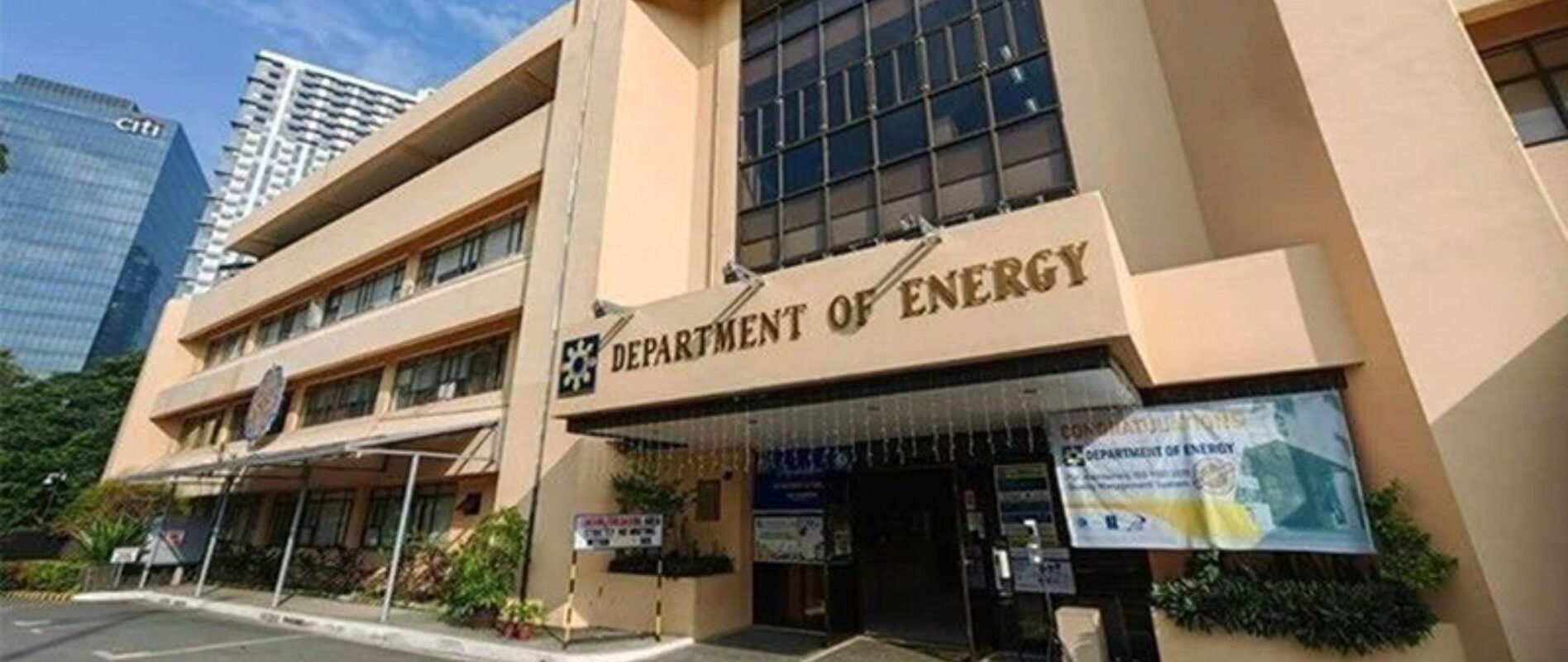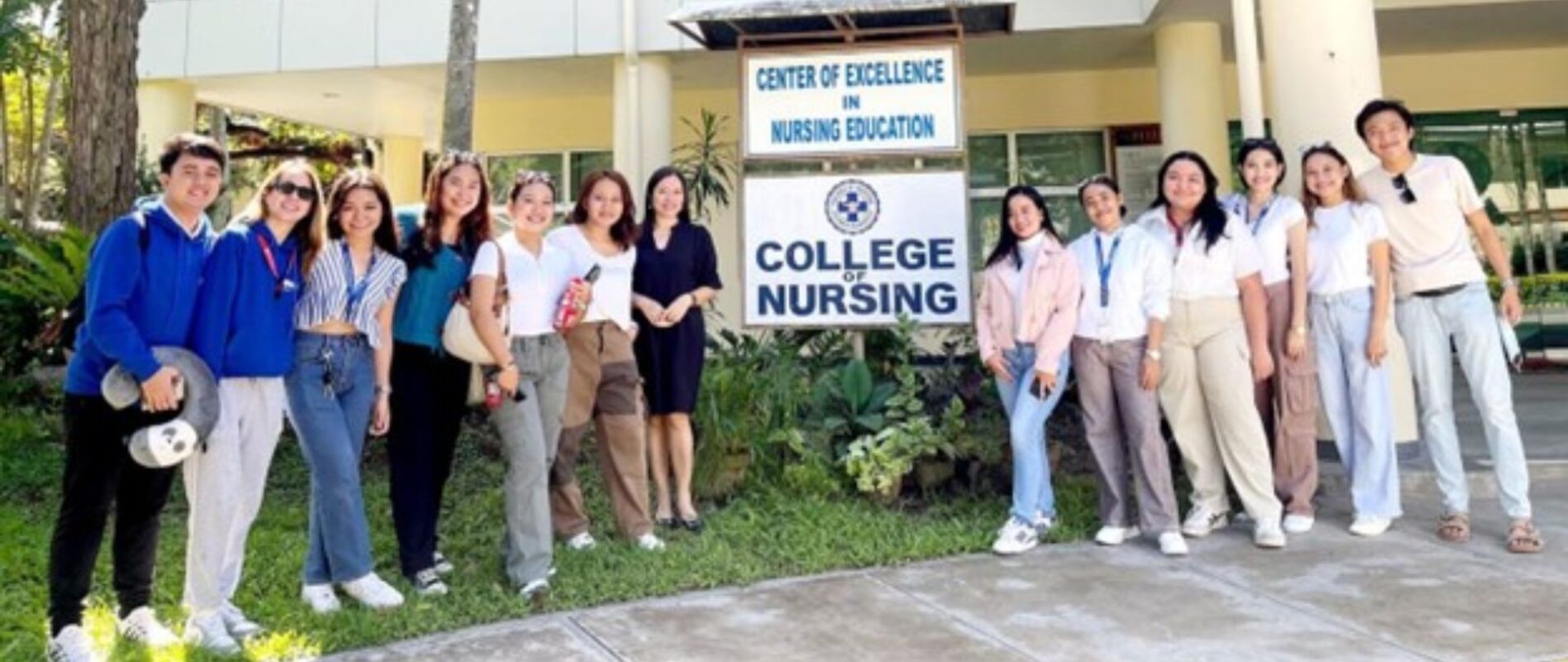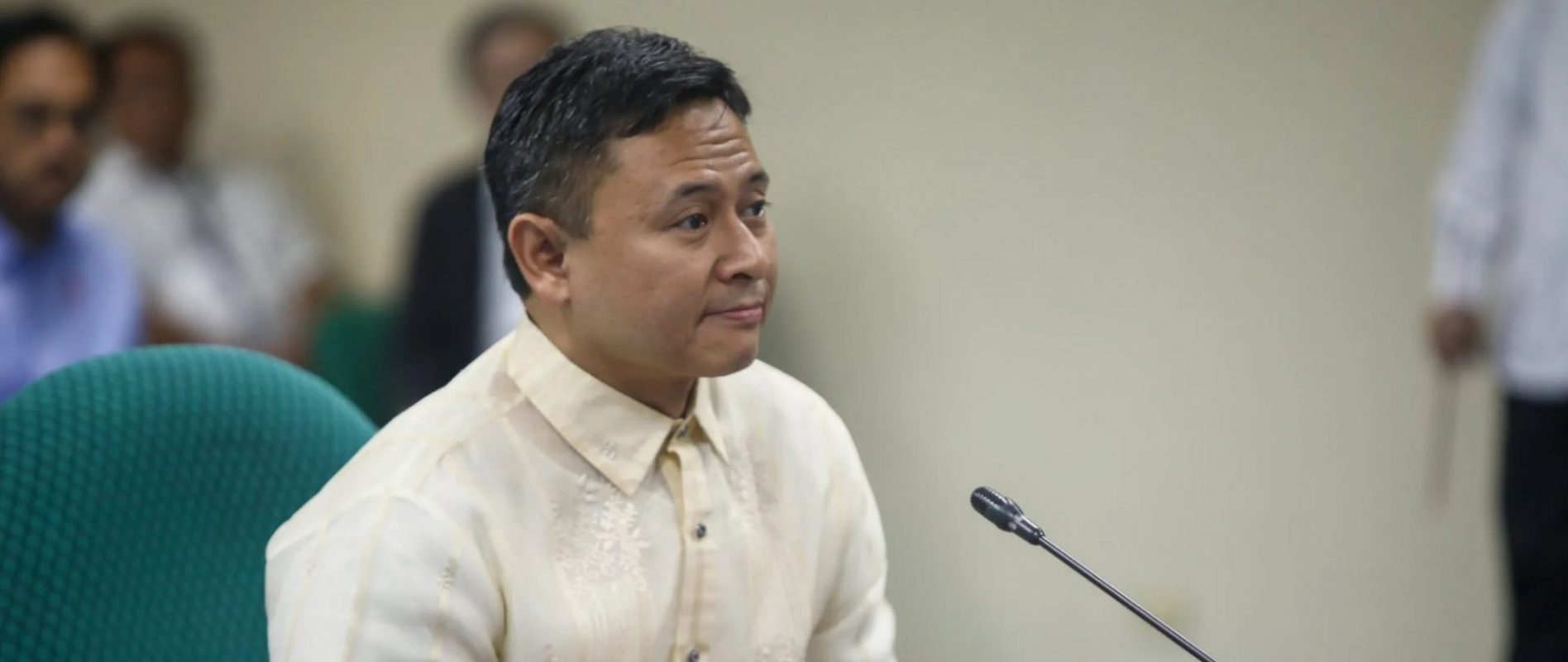EDCOM 2 TACKLES PROPOSED K+10+2 CURRICULUM
MEMBERS of the 2nd Congressional Commission on Education have started discussing the proposed K+10+2 bill authored by Pampanga Rep. Gloria Macapagal-Arroyo.
MEMBERS of the 2nd Congressional Commission on Education have started discussing the proposed K+10+2 bill authored by Pampanga Rep. Gloria Macapagal-Arroyo.
Sen. Sherwin Gatchalian questioned the proposal.
“We might incentivize our kids to stop at Grade 10 and they won’t have the necessary skills and land decent jobs in the long run,” Gatchalian said, citing a Pulse Asia survey conducted in 2022 that revealed that 87% of respondents favor the return to 10 years of basic education.
Dr. Pam Robertson of the Assessment, Curriculum and Technology Research Centre presented a comparison of Senior High School programs in various countries, including the Philippines.
She shared that there are typically four pathways under SHS: general academic, technical/professional, vocational school-based and vocational workplace-based.
These pathways lead to either further schooling in college, vocational training or employment.
“International comparisons suggest consideration of the adoption of four pathways for SHS students to cater for a range of abilities and aspirations. This is likely to impact exit certifications, the SHS curriculum, and teacher education,” Robertson said.
She also stressed the need for a centralized body for TVET.
“Typically, the vocational pathways are overseen either by the education department, or by a single regulatory body. That would mean that an organization like TESDA in the Philippines oversees vocational certifications from secondary right through to all the higher professional qualifications, and that leads to consistency,” she said.
The technical-vocational track under the K-12 program is managed by the Department of Education, while TVET and National Certification and Assessment programs are handled by TESDA.
Meanwhile, PIDS Senior Fellow Dr. Michael Abrigo said the proposed K+10+2 bill may be beneficial in the near-term, but not in the longer term.
“The K+12 option has an internal rate of return of 9.7%, compared with the K+10+2 alternative,” he said.
EDCOM 2 Co-Chairperson Rep. Roman Romulo however challenged the PIDS data.
“PIDS is saying that 71% are employed, without giving us the whole picture that the salaries were below minimum wage – and that is a big factor for us to decide because we are not going to be happy that they are merely employed,” he said.














